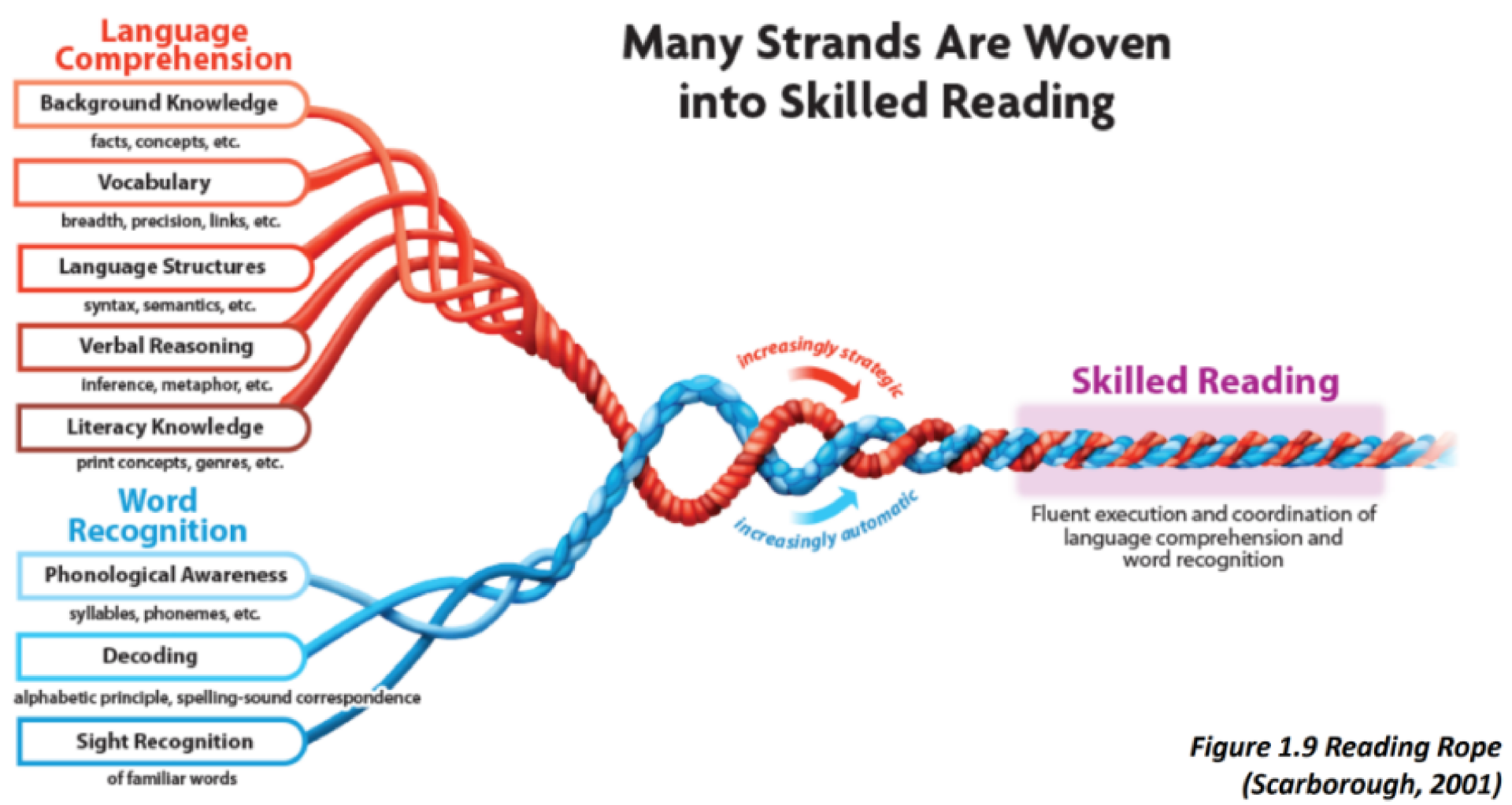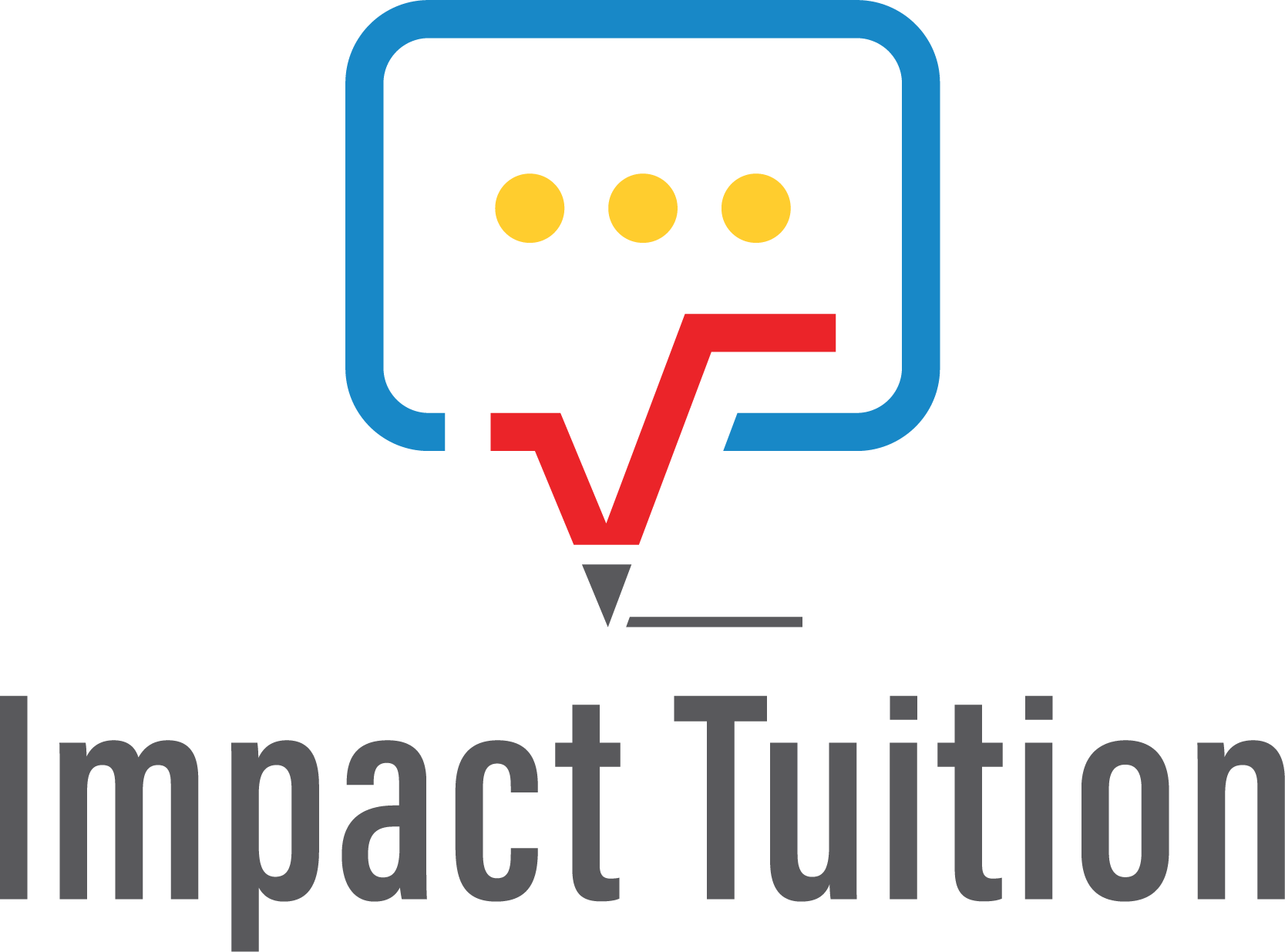MY CHILD NEEDS HELP WITH COMPREHENSION. WHAT NEXT?
When talking to parents about their child’s reading, parent’s often tell me that the school has reported to them that their child needs to work on their comprehension.
It would be understandable if a parent’s initial response to this was to increase the frequency and duration of reading with their child, as well as the frequency of questioning to ensure that they are addressing the need to improve their child’s comprehension.
Reading is, however, far more complex than this, so the answer is not as simple as one might first think…
Reading
So what is reading?
Reading can be defined simply as making meaning from what has been read (Castles, Rastle & Nation, 2018). In other words, the act of reading is to be able to comprehend. Reading involves multiple processes working at the same time to gain comprehension (Seidenberg, 2017; Kilpatrick D. , 2015; Castles, Rastle, & Nation, 2018; Tumner & Hoover, 2019). A well-known graphic among intervention teachers is Scarborough’s Reading Rope:

(Association, 2021)
Word Recognition
What is Word Recognition?
A skilled reader can recognise words and understand what the words are meant to convey. Word recognition requires decoding words, which put simply is sounding out words. Skilled readers sound out new words efficiently and can retrieve known words using sight recognition.
Problem:
If a reader is unable to sound out words, then comprehension will be affected. Reading may be slow and laborious, and often is avoided at all costs! As you can see from the rope above, Word Recognition has three main components. If there is a problem with any of these components skilled reading comprehension will be affected.
Solution:
To address this issue, the intervention would involve increasing the frequency and intensity of decoding instruction to accelerate learning. This would be in addition to the best possible instruction in the classroom.
Comprehension
What is comprehension?
As mentioned already, reading comprehension is making meaning from print. To understand reading comprehension, one must also understand that humans comprehend speech first. This is called language comprehension and does not involve print. Reading comprehension involves print (text, books, words, the alphabet etc). A child’s reading comprehension is affected by their language comprehension. It is important to first rule out if there is also a Word Recognition difficulty first.
Problem:
If a reader is to understand what they are reading, they need to know what the words mean. If they do not, then it is most likely that they have not got the words in their lexicon (put simply, words in their head that they can retrieve and use when needed). When we read, we make connection to the text that we are reading. For example, when reading about German Shepherds, a reader will connect this information to knowledge already known about dogs. This new information will be added to the schema. If there is limited vocabulary and limited background knowledge, a reader will have greater difficulty comprehending texts.
Solution:
To address this issue, the intervention would involve increasing the frequency and intensity of explicit vocabulary instruction and knowledge building, as well as learning meta-language about texts to accelerate learning. Again, this would be in addition to the best possible instruction in the classroom.
*Difficulties comprehending are complex to address, and the underlying reasons will determine how well the child will respond. For example, many children with attention difficulties often have a difficulty comprehending. Children with other disabilities, such as a language disability or a diagnosis of Autism Spectrum Disorder may also have greater difficulties learning to comprehend. There is no ‘silver bullet’ time-frame on how long it can take to address and support these needs.
So, what sort of support does my child need?
- Assess
If you already have a hunch that something is not right with your child’s reading, the first step is to get your child assessed. It is recommended that standardised assessments are used because they will inform you of how your child is reading compared to his/her age and grade related peers. Whether your child is six months behind, or 18 months behind, it is better to know so that a reasonable plan can be put into place to ensure that your child begins to experience success and starts to read. Assessments will determine Word Recognition and Comprehension skills. - Design
Information from the assessments will determine what your child needs and the best way to implement an intervention. Evidence-based Practice considers the whole child and what works for one child, may not work for another. For example, some children work better online, another face-to-face. Some children work better in a group setting where they feel less pressure on themselves, and also benefit from the social component of a group setting. Either way, what matters is that the right instruction at the right level is designed for success. - Implement
You may have heard that in order to get a diagnosis of a Specific Learning Difficulties in reading, writing or maths (Dyslexia, dysgraphia, dyscalculia), a minimum of 6 months intervention must be implemented. With this in mind, it is usually recommended to have a 6-month intervention to determine how well your child responds to the intervention. This is called a Response to Intervention approach.
If you are interested in getting your child assessed, please
Contact Us today.
References
- Association, I. D. (2021, February 21). A 20th Year Celebration of Scarborough's Reading Rope. Retrieved 2022, from IDA: https://dyslexiaida.org/event/a-20th-year-celebration-of-scarboroughs-reading-rope/
- Australian Bureau of Statistics. (2013, October 9). 4228.0 - Programme for the International Assessment of Adult Competencies, Australia, 2011-12. Retrieved September 2019, from Australian Bureau of Statistics: https://www.abs.gov.au/ausstats/abs@.nsf/Lookup/4228.0Main+Features202011-12
- Brady, S. A., Braze, D., & Fowler, C. A. (2011). Explaining individual differences in reading: theory and evidence. New York: Psychology Press Taylor and Francis.
- Castles, A., Rastle, K., & Nation, K. (2018). Ending the reading wars: Reading acquisition from novice to expert. Psychological Science, 19(1), 5-51.
- Clay, M. M. (2005). An Observation Survey of Early Literacy Achievement. (3. Edition, Ed.) Auckland: Pearson.
- Department of Education, Science and Training. (2005, December). National Inquiry into the Teaching of Literacy teaching reading: Report and Recommendations. Retrieved from refine: refine
- Ehri, L. C. (2014). Orthographic Mapping in the Acquisition of sight word reading, spelling memory and vocabulary learning. Scientific Studies of Reading, 18(1), 5-21.
- Kilpatrick, D. (2015). Essentials of assessing, preventing and overcoming reading difficulties. New Jersey: John Wiley and Sons.
- Kilpatrick, D. A. (2018). Equipped for reading success: a comprehensive, step-by-step program for developing phoneme awareness and fluent word recognition. New York: Casey and Kirsch Publishers.
- National Assessment Program. (2019). National Assessment Program. Retrieved September 2019, from National Report for 2018: https://nap.edu.au/docs/default-source/resources/2018-naplan-national-report.pdf?sfvrsn=2
- Thomsom, S., De Bortoli, L., & Underwood, C. (2017). The Australian Council for Education Research. Retrieved from PISA 2015: Reporting Australia's Results: https://research.acer.edu.au/cgi/viewcontent.cgi?article=1023&context=ozpisa
- Tumner, W. E., & Hoover, W. A. (2019). The cognitive foundations of learning to read: a framework for preventing and remediating reading difficulties. Australian Journal of Learning Difficulties, 24(1), 75-93.
- Victorian Department of Education. (2018, August 29). Literacy Teaching Toolkit - Running Records. Retrieved from Victorian Department of Education: https://www.education.vic.gov.au/school/teachers/teachingresources/discipline/english/literacy/readingviewing/Pages/examplerunning.aspx
- Victorian Department of Education and Training. (2018, September 26). Literacy Teaching Toolkit: The four resources model for reading and viewing. Retrieved September 2019, from Literacy Teaching Toolkit: https://www.education.vic.gov.au/school/teachers/teachingresources/discipline/english/literacy/readingviewing/Pages/fourres.aspx#decoderNew Paragraph



